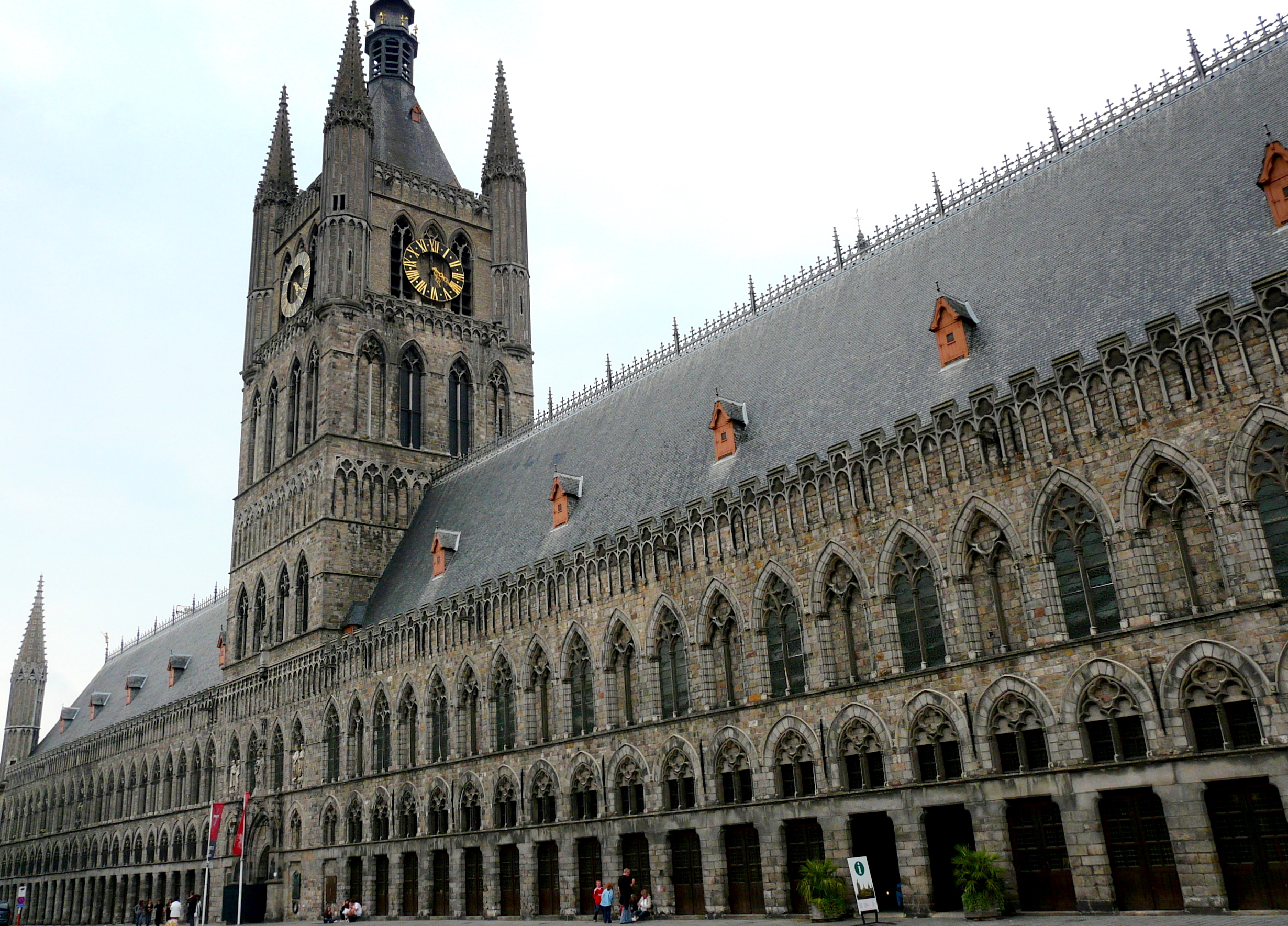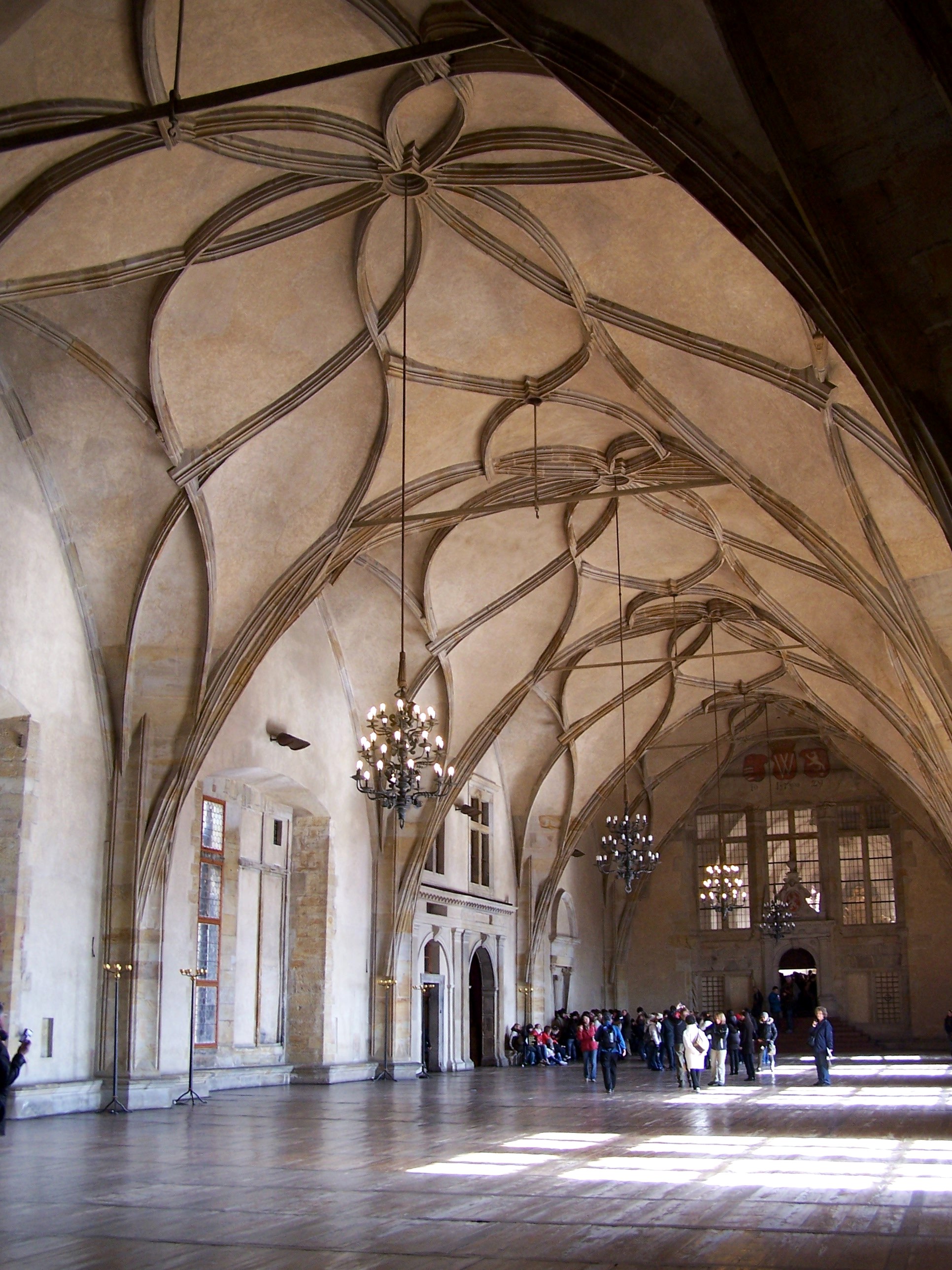When people talk about "Gothic architecture" we tend to think of cathedrals and churches.
But the Middle Ages were also full of beautiful town halls, universities, hospitals, and bridges.
So here is a journey through the world of secular Gothic architecture...

























